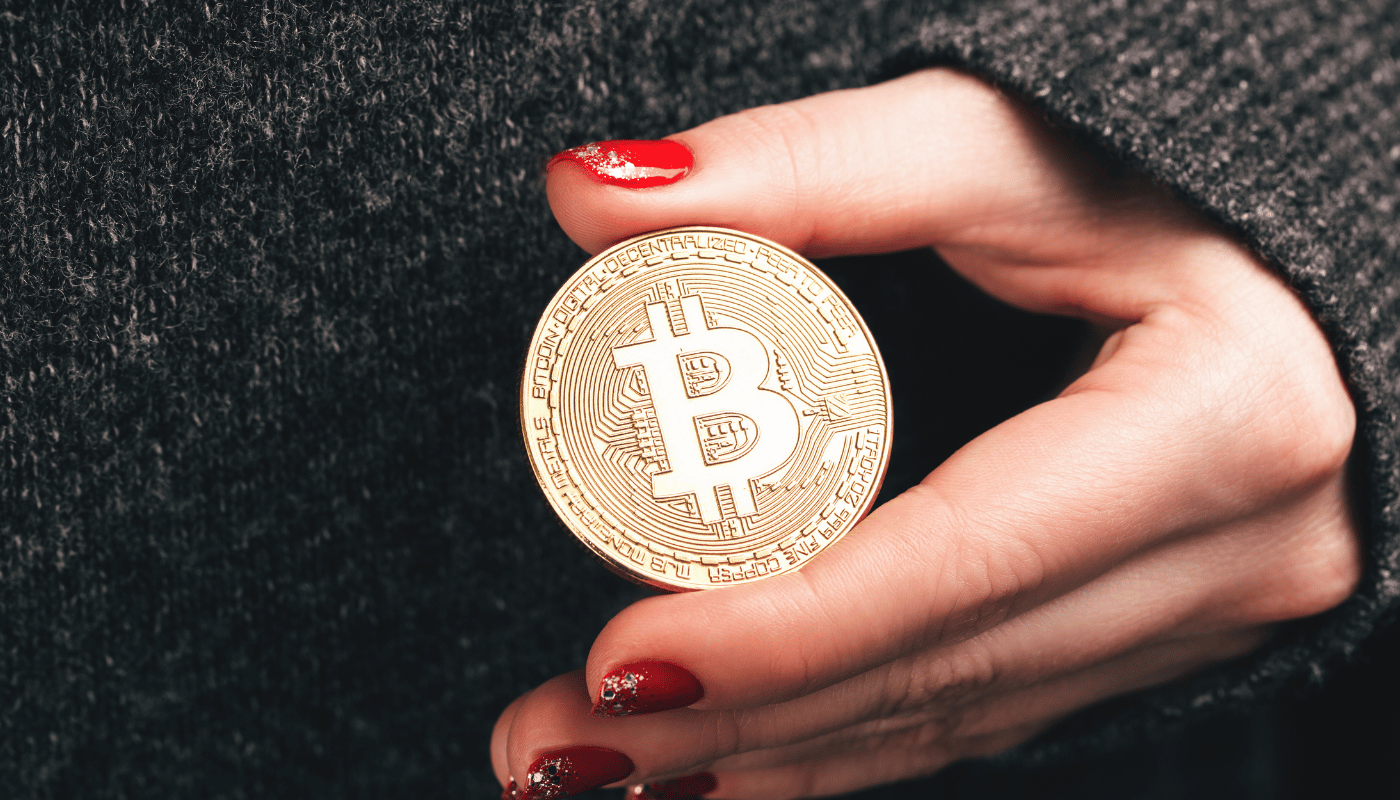Bitcoin’s scarcity is a fundamental trait that underpins its value and allure, much like gold in the physical world. But what mechanisms ensure Bitcoin remains a digital rarity, and how do these factors differentiate it from traditional currencies and other cryptocurrencies? This article delves into the ingenious design and economic principles that make Bitcoin scarce, inviting readers to explore the complexities and genius behind the world’s first decentralized digital currency.
Fixed Supply Limit
One of the fundamental aspects that contribute to Bitcoin’s scarcity and inherent value is its fixed supply limit. Satoshi Nakamoto, Bitcoin’s enigmatic creator, designed the cryptocurrency with a hard cap of 21 million coins. This predetermined limit is a crucial feature that differentiates Bitcoin from traditional fiat currencies, where central banks can print money without limit, leading to inflation. In contrast, Bitcoin’s supply mimics that of precious metals like gold, which have finite amounts available on Earth, thereby making them scarce and valuable.
The mechanism by which bitcoins are introduced into the market, known as mining, also plays a vital role in its scarcity. Miners use powerful computers to solve complex mathematical problems, and upon success, they are rewarded with bitcoins. However, every 210,000 blocks, or approximately every four years, the reward for mining a block is halved in a process known as “halving.” This halving process ensures that the rate at which new bitcoins are created slows down over time, making them increasingly difficult to obtain and reinforcing their scarcity.
Understanding how is bitcoin scarce is essential to comprehending its value proposition. Unlike fiat currencies, which can suffer from hyperinflation due to excessive printing by governments, Bitcoin’s supply remains unaffected by any single entity’s decisions. This scarcity, combined with growing demand, has been a significant factor behind Bitcoin’s price increases over the years. As we approach the cap of 21 million, the anticipation of increased scarcity continues to drive interest and speculation around Bitcoin’s future value.
- Fixed supply of 21 million coins
- Decentralized creation process through mining
- Halving events reduce the mining reward
- Scarcity akin to precious metals
- Immunity to hyperinflation
Halving Events
One of the most pivotal factors contributing to Bitcoin’s scarcity and, consequently, its value, is the process known as halving. Occurring approximately every four years, halving events are a fundamental part of Bitcoin’s protocol, designed to reduce the reward for mining new blocks by 50%. This built-in mechanism ensures that the total supply of Bitcoin will never exceed 21 million coins, making it inherently scarce.
During a halving event, the rate at which new bitcoins are introduced into circulation is drastically cut, slowing down the inflation rate of Bitcoin and preserving its purchasing power over time. This deliberate decrease in supply, against a backdrop of increasing demand, often leads to a significant price appreciation. Historically, the anticipation of this scarcity has fueled speculative runs, driving the price of Bitcoin to new highs ahead of and following these halving milestones. The impact of halving events extends beyond mere speculation, reinforcing Bitcoin’s status as digital gold in the eyes of many investors seeking a hedge against inflation.
Moreover, halvings highlight the genius of Bitcoin’s decentralized design, which operates free from the influence of any central authority. This predictable yet unalterable schedule of supply reduction exemplifies the principles of sound money, appealing to those wary of fiat currency’s susceptibility to debasement. As such, halving events not only contribute to the scarcity of Bitcoin but also bolster its appeal as a long-term investment.
Understanding the Impact of Halving on Bitcoin’s Market Dynamics
- The halving reduces the rate at which new bitcoins are generated, affecting miners’ profitability and potentially leading to a decrease in network hashrate.
- Historical patterns suggest a strong correlation between halving events and significant price rallies in the months that follow.
- Halving events underscore Bitcoin’s deflationary nature, contrasting sharply with the inflationary tendencies of fiat currencies.
- Investor sentiment often shifts in the lead-up to and aftermath of a halving, influencing market dynamics and trading strategies.
- The increased media attention and public awareness around halving events can further drive demand and speculative interest in Bitcoin.
Mining Difficulty Adjustments
The concept of mining difficulty adjustments is central to understanding why Bitcoin remains scarce and, by extension, valuable. At its core, Bitcoin operates on a proof-of-work mechanism, which requires miners to solve complex mathematical problems to validate transactions and secure the network. However, to ensure that new bitcoins are created at a predictable rate, approximately every ten minutes, the network adjusts the difficulty of these problems. This adjustment is based on the total computing power of the network and occurs every 2,016 blocks, or roughly every two weeks.
The ingenious part of this mechanism is its self-balancing nature. If more miners join the network, increasing the hashing power, the problems become harder to solve, slowing the rate of block creation. Conversely, if miners leave and the network’s computing power declines, the difficulty decreases, making it easier to solve the problems and maintain the ten-minute target. This ensures a steady issuance of new coins, making Bitcoin both scarce and inflation-resistant. The difficulty adjustment is a key factor in Bitcoin’s economic model, preventing any single entity from flooding the market with new bitcoins and devaluing the currency.
The mining difficulty adjustment also contributes to the security of the Bitcoin network. By requiring significant computational work to mine new blocks, it becomes exponentially difficult for malicious actors to attack the network. This computational “proof of work” is what makes Bitcoin’s decentralized ledger not only innovative but also incredibly secure.
Insights on Mining Difficulty Adjustments
Understanding the nuances of mining difficulty adjustments offers deeper insights into the Bitcoin network’s resilience. As the network grows and evolves, these adjustments ensure that Bitcoin remains a secure and stable digital currency, even in the face of rapid changes in computing power or network participation. This adaptive mechanism highlights the sophisticated design behind Bitcoin, ensuring it can withstand various challenges and continue to function effectively as a decentralized currency.
| Adjustment Period | Computing Power Change | Difficulty Adjustment |
|---|---|---|
| Every 2,016 blocks | Increased | Difficulty increases |
| Every 2,016 blocks | Decreased | Difficulty decreases |
| ~ Every two weeks | Stable | Minor adjustments |
| Ad hoc | Significant increase | Sharp difficulty increase |
| Ad hoc | Significant decrease | Sharp difficulty decrease |
Energy and Hardware Requirements
The process of creating Bitcoin, known as mining, involves solving complex mathematical puzzles. This procedure not only serves to add new Bitcoins to the circulation but also secures the network against fraudulent transactions. A significant aspect of Bitcoin’s scarcity and value stems from the substantial energy and sophisticated hardware requirements necessary for mining. Miners use specialized computers called ASICs (Application-Specific Integrated Circuits), which are designed specifically for mining Bitcoin. These machines are incredibly powerful and consume a large amount of electricity, contributing to the high costs associated with mining.
Moreover, the Bitcoin protocol includes a mechanism called the “difficulty adjustment,” which ensures that the time it takes to mine one block remains approximately 10 minutes, regardless of the total computing power of the network. As more miners join the network and the collective computational power increases, the difficulty of mining adjusts upwards. This self-adjusting mechanism further increases the demand for electricity and more advanced hardware, as miners strive to maintain profitability. The significant investment required to start and sustain mining operations limits the number of participants, making Bitcoin more scarce and, by extension, more valuable.
The energy consumption and the need for advanced hardware underscore Bitcoin’s unique value proposition as a digital asset that is not only scarce but also secured by real-world resources. These requirements act as a barrier to entry, ensuring that only those with sufficient resources can participate in mining and contribute to the network’s security.
- The inception and evolution of ASIC miners.
- Comparative analysis of electricity consumption in Bitcoin mining versus traditional banking systems.
- Environmental considerations and the search for sustainable energy sources.
- The role of hardware innovation in maintaining network security.
- Economic implications of the hardware and energy investment in Bitcoin’s valuation.
Decentralized Network Control
The essence of Bitcoin’s value and scarcity can be significantly attributed to its decentralized nature. Unlike traditional currencies controlled by central banks, Bitcoin operates on a peer-to-peer network that is spread across the globe. This means that no single entity, government, or organization has control over the Bitcoin network. Such decentralization ensures that Bitcoin remains resistant to censorship and immune to any single point of failure.
At the heart of this decentralized system is the blockchain technology, a digital ledger that records all transactions made with Bitcoin. The blockchain is maintained by a group of volunteers known as miners. These miners use powerful computers to solve complex mathematical problems, a process that validates transactions and secures the network. In return for their efforts, miners are rewarded with newly minted bitcoins. This not only incentivizes the maintenance and security of the network but also controls the creation of new bitcoins, adhering to a predetermined schedule. This is what makes Bitcoin scarce.
The decentralized control of Bitcoin is further enhanced by its open-source nature. Anyone can review the code, propose changes, and even fork the blockchain to create a new cryptocurrency. This level of transparency and community involvement ensures that Bitcoin continues to evolve in a way that serves its users best. The trust in Bitcoin’s protocol and its decentralized nature is what underpins its value.
Additional Insights into Decentralized Network Control
The decentralized control of Bitcoin is not just a technical feature; it represents a philosophical shift in how we think about money and financial sovereignty. In a world where digital currencies are becoming more prevalent, the idea of a currency that is free from governmental control and manipulation is increasingly appealing. Bitcoin’s decentralized network allows it to operate outside the confines of traditional financial systems, offering a level of financial freedom and privacy that is not possible with other forms of currency.
- Peer-to-peer network ensures direct transactions without intermediaries.
- Miners secure the network and process transactions, receiving bitcoins as a reward.
- Blockchain technology promotes transparency and security.
- Decentralization makes Bitcoin resistant to censorship and control.
- Open-source nature allows for continuous improvement and adaptation.
In conclusion, the decentralized control of Bitcoin is a cornerstone of its value and scarcity. It not only ensures security and trust in the system but also embodies a revolutionary approach to financial sovereignty. As we move forward, the principles of decentralization and open-source development championed by Bitcoin are likely to influence not only the future of money but also the broader landscape of digital services. The ongoing evolution of Bitcoin’s decentralized network continues to challenge traditional notions of control and trust in the digital age.

